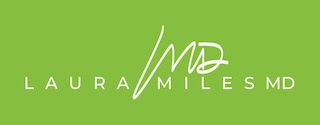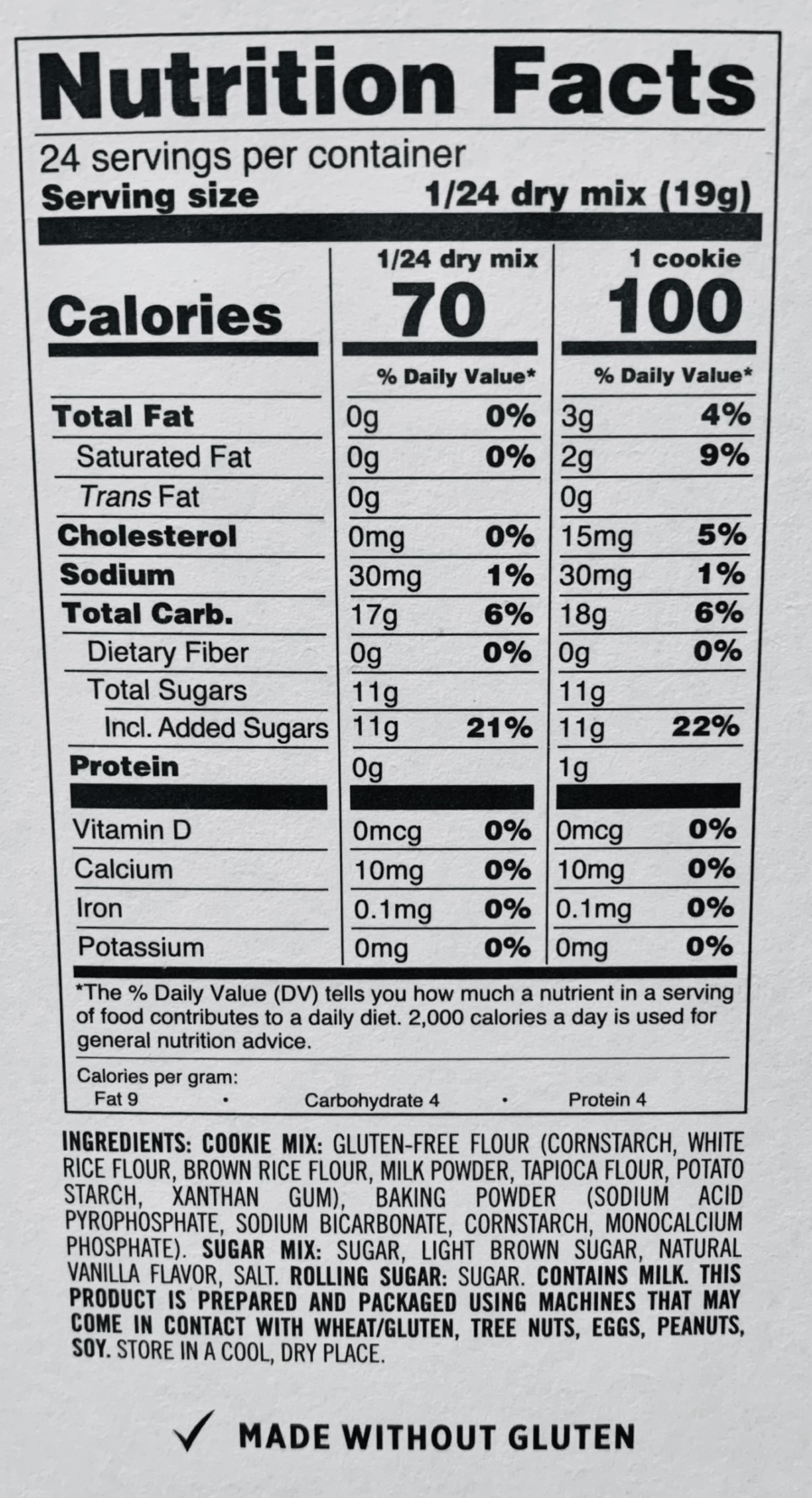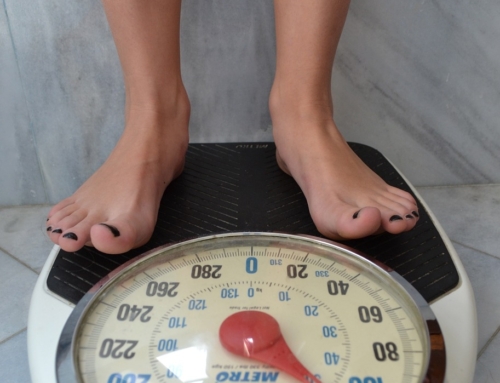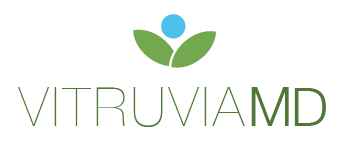If you aren’t eating whole foods then looking at the label becomes very important. However, it can be daunting understanding what it all means. I was working on an Ebook regarding yeast and was discussing the importance of looking at the amount of sugar in foods and I realized that many of you may struggle with the same issue of reading the label. READ ON to learn how to decipher a food label and how much is too much…
I am going to start at the top of a food label and go down.
- Serving size: usually at the top. Be careful because so often you buy something that you gobble up in one setting only to discover that this is really a two serving size. I had this happen years ago with these incredibly delicious protein bars. I would eat an entire package thinking I was eating so healthy until I realized that one package was actually FOUR servings! Who does that! I could never stop myself with just a ¼ of the bar.
- Calories: This will be the amount of calories in ONE serving.
- Fats/Nutrients: several are listed in this section
- Total fats listed in grams and then in % DV (daily value)
- DV is the % of nutrients based on a 2000 calorie diet. If you are targeting a 1300 calorie diet then you will need much lower percent so be careful really focusing too much on this value
- Saturated /trans- how much of the total fat is not a good kind of fat
- Cholesterol in mg and % DV
- Sodium in mg and %DV
- Total fats listed in grams and then in % DV (daily value)
- Carbohydrates: I think this section is very important
- Total carbohydrates in grams and %DV
- Dietary fiber in grams and %DV
- Total Sugars in grams
- Added sugars in grams and %DV
- Protein in grams and %DV
- Other added nutrients (like vitamins)
- Ingredient list: this is where you will see if it has gluten, dairy, soy etc in it as well as all the fillers.
Let’s look at an example of a gluten free cookie mix pictured above:
-
- *Serving size: 24 servings per container and a serving size is 1/24 of the total mix
- *Calories: look at the calories of the cookie which is 100. The 1/24 of dry mix is 70 calories and can make you think you are getting less but who is going to eat dry mix?
- *Total fat: 3 grams – 4% with 2 grams being saturated
- *Cholesterol and sodium are as listed
- *Carbohydrates: total carbs 18 grams with 0 dietary fiber. If there was fiber then you would subtract that from the total carbs to get the net carbs you would actually have to count especially if doing a type of keto diet.
- *Total sugars 11 grams with 11 grams of added sugars for a %DV of 22%. This means that all of the sugars in this product are added. Some products have natural sugars which are processed a little easier than added sugars.
- *Nutrients listed
- *Bottom states gluten free flour and what is used to make it and then the sugar mix. This product clearly states it contains MILK although I don’t see any dairy type of products listed on the label so you just have to trust that if they put it on the label and you are sensitive to dairy then avoid it!
So how much is too much?
Let’s start with Total fats:
-
-
- High fat food: More than 17.5 grams of fat per 100 grams
- Low fat: less than 3 grams of fat or less per 100 grams
-
Saturated fats:
-
- High saturated: More than 5 grams per 100 grams
- Low saturated: 1.5 grams or less per 100 grams
**Be careful of labels that say “low fat” because to be labeled as “low fat” they have to be 30% of less than the standard product. It does NOT mean that product itself is low fat! Sneaky right?!
Cholesterol: The daily value for cholesterol is less than 300 mg per day.
- High cholesterol: 20% or more of DV is considered high
Sodium: standard recommendations for sodium is less than 2,300 mg per day. If you are high blood pressure this level is lower. Obviously, the higher the number the more it counts for your daily amount.
- Low sodium: 140 mg or less per serving
Carbohydrate: for a standard 2000 calorie diet the FDA recommends no more than 275 grams per day. There is a huge difference though between carbs that come from fruits/veggies and those from processed foods. When doing a keto type of diet the carbs are often targeted between 25-40 grams just for a point of reference. Every diet/healthy eating plan seems to have their own number of a daily target. To really determine your real carbohydrate count (called net carbs) it is important to look at the fiber and sugar alcohols content of that product. If you eat a product that has 8 grams of carbs, 3 grams of fiber and 0.5gram of sugar alcohols then you would count 4.5 grams of net carbs.
Total sugars:
- High sugar: %DV greater than 20 is a high sugar product
Nutrients
- 5% DV or less of a nutrient per serving is considered low
- 20% DV or more of a nutrient per serving is considered high
-
-
Next time you go to the store, turn that bottle or package around and read the label and make better choices!
To your health,
Laura









